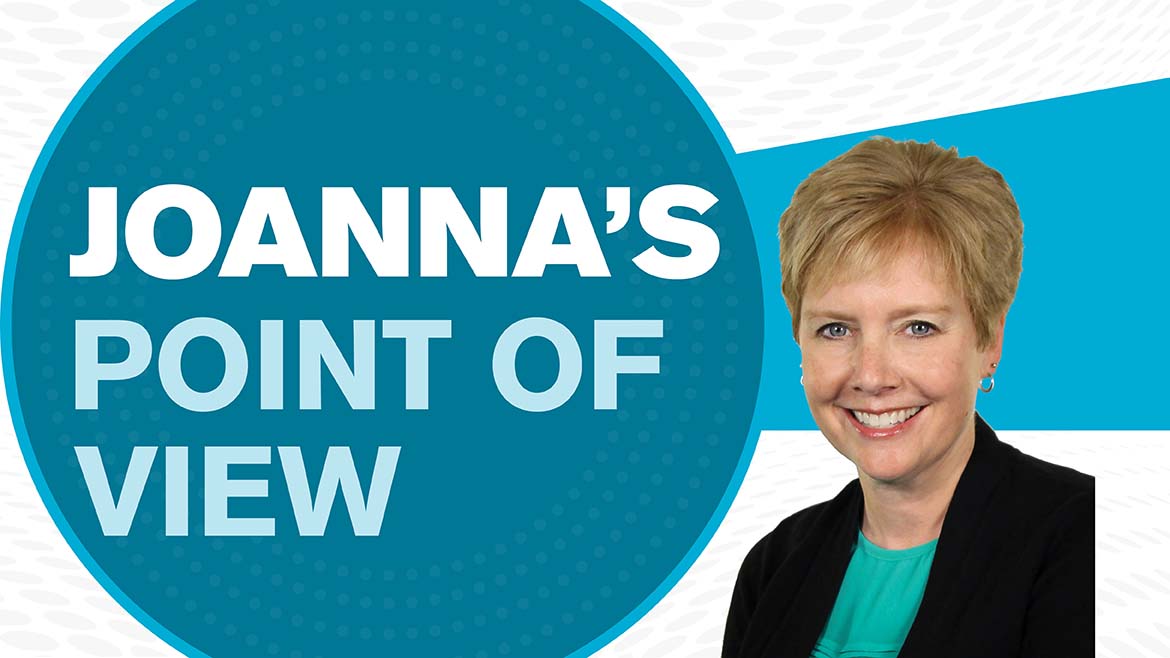Ever since the courts ruled in 2017 that the Environmental Protection Agency (EPA) did not have the authority to phase down HFCs, the HVACR industry has been in limbo. OEMs that had been planning to transition from R-410A to lower-GWP refrigerants stopped in their tracks, waiting for guidance from the EPA. When that guidance did not come quickly, states started taking matters into their own hands.
California, for example, is proposing a GWP limit of 150 for new stationary refrigeration systems containing more than 50 pounds of refrigerant, starting on January 1, 2022, as well as a GWP limit of 750 for all new stationary air conditioning systems (residential and commercial) starting January 1, 2023. Washington, Vermont, New Jersey, Colorado, Oregon, and Hawaii have all announced that they intend to phase down HFCs, following the path outlined in the EPA’s Significant New Alternative Policy (SNAP) rules 20 and 21.
The federal government has finally taken action, too, with the November introduction of Senate Bill 2754, The American Innovation and Manufacturing (AIM) Act of 2019, which will:
- Gradually phase down the production and consumption of HFCs over a 15-year period via an allowance allocation and trading program;
- Authorize the EPA to establish standards for the management of HFCs used as refrigerants and for the recovery of used HFCs; and
- Authorize the EPA to facilitate transitions to next-generation technologies by establishing sector-based use restrictions.
The bill would not interfere with the use of HFCs in existing refrigeration and air conditioning equipment, meaning consumers would not be forced to replace equipment before the end of its useful life. The bill also would not constrict aftermarket supplies of HFCs for servicing existing equipment.
The House quickly followed suit, introducing its own version of the AIM Act (HR 5544) just after the beginning of the year. This version largely mirrors the Senate bill, calling the phasedown of HFC refrigerants by 85 percent over a 15-year period. Although the bills differ slightly in structure and organization, both would produce the same federal regulatory framework to phase down HFCs. More importantly, both the Senate and House bills were bipartisan efforts and are backed by industry groups such as AHRI.
As AHRI president and CEO, Stephen Yurek, noted, “The House bill brings us one step closer to implementing an HFC phasedown and reaping the substantial economic benefits associated with this transition in refrigerant technologies. Both the House and the Senate bills will accomplish our industry's refrigerant objective while also protecting consumers and providing significant economic and environmental benefits.”
There is a lot of support for these bills from the HVACR industry, noted Jennifer Butsch, manager of regulatory affairs at Emerson. However, she said that it is important to note that there is no federal preemption tied to either of these bills at the moment, which means California -- or any other state -- would not be prohibited from moving forward with its own legislation.
“Our hope is that if there were a federal HFC regulation put in place with a phasedown schedule, it would be possible to phase down together,” she said. “That would reduce a lot of the complexity that we're seeing on a state-by-state approach.”
To prove her point, at least six states have now adopted SNAP rules 20 and 21, and they each have different implementation dates on when these would take effect.
While the current pandemic may slow state and federal legislation, it seems that the logjam has finally broken, and we’re getting closer to figuring out how much longer R-410A can be used, as well as which low-GWP refrigerant(s) will take its place.
Want more HVAC industry news and information? Join The NEWS on Facebook, Twitter, and LinkedIn today!








